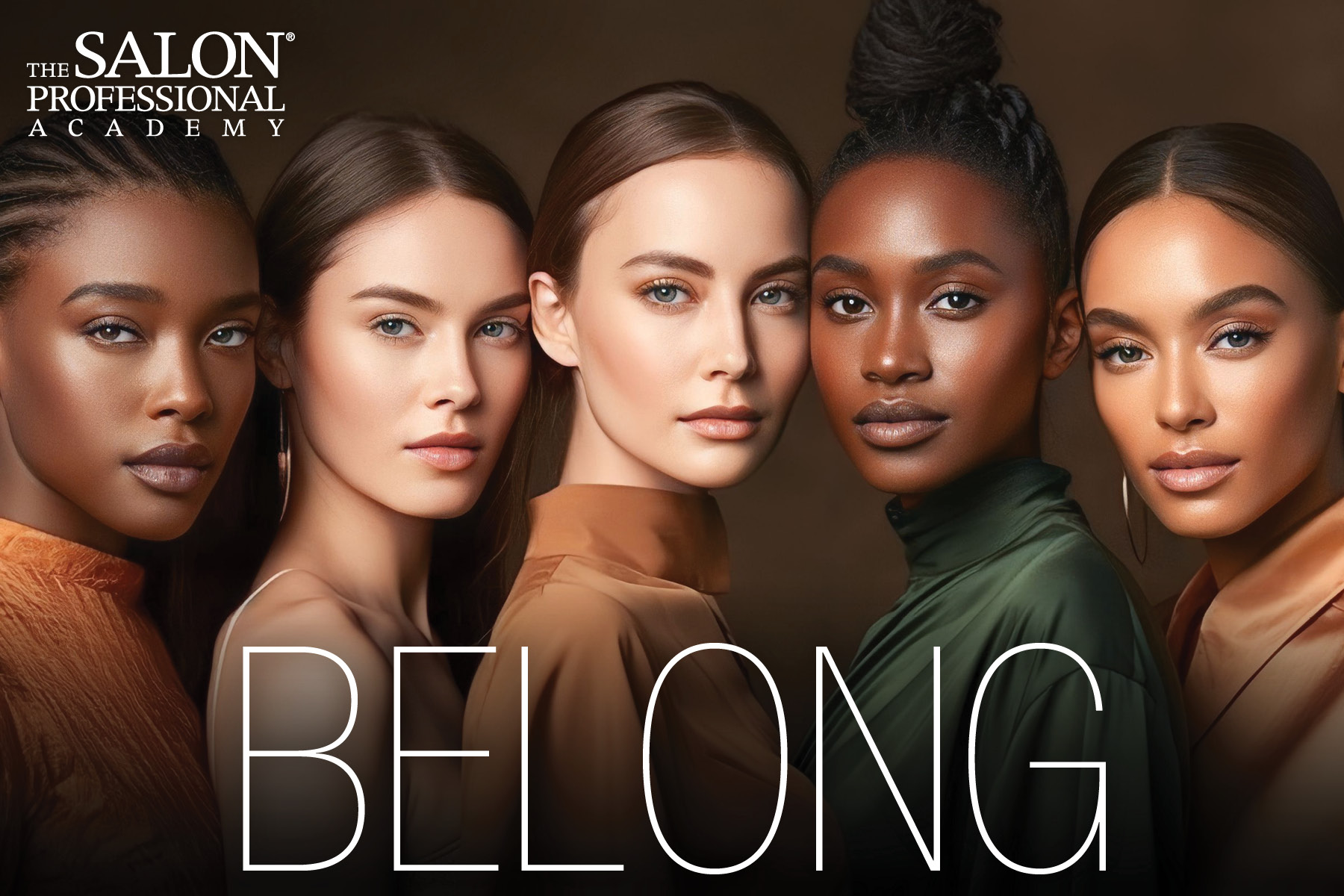
The cosmetic and personal care industry is experiencing a transformation that is changing how we see ourselves and present our individuality to the world. One major change is how beauty is seen in many different ways. Today, beauty isn’t just about fitting into specific rules. Instead, it’s about celebrating all kinds of diversity.
A Shift Towards Inclusivity
For many years, the beauty industry focused on a narrow idea of beauty, mainly favoring specific facial features, hair types, and skin tones. This limited view affected people’s perceptions of beauty worldwide. Recently, however, consumers and influencers have strongly pushed for more representation in beauty.
This change is important for the industry’s morals and presents a business opportunity. Brands that have embraced diversity in beauty have seen success. Whether offering a wider range of foundation shades or creating hair products for different hair textures, inclusivity has become more than just a marketing term—it’s a smart business move that connects with consumers.
The Power of Education in Breaking Stereotypes
One powerful way to make this change happen is through education, especially in beauty schools. The Salon Professional Academy (TSPA) cultivates new talent and promotes diversity among future beauty leaders. Here, students learn not just the technical parts of their job but also that beauty isn’t just one thing—it comes in many different forms.
TSPA is a special place where exploring differences and celebrating them is okay. Students are encouraged to work with all skin tones, ages, and genders. They don’t just learn the skills they need for their job—they also learn how to understand and care about people from different backgrounds. In simple terms, education helps eliminate old ideas about people and helps create a new group of talented and inspired beauty leaders.
Trends Reframing Beauty
As a result of this education, the idea of ‘beautiful’ is being redefined. We can see this in the growing popularity of trends that celebrate different kinds of beauty, creating a whole new way of thinking about beauty. For example, the body positivity movement is challenging the idea of the ‘perfect’ body, with brands and influencers encouraging people to love and accept themselves just as they are. The androgyny trend is changing traditional ideas about gender, with makeup and fashion that isn’t just for males or females but explores all kinds of identities.
Additionally, the natural hair movement shows how people are celebrating their own beauty, embracing their curly and kinky hair instead of feeling pressured to straighten it. These trends aren’t just temporary—they show a bigger change happening in society, where diversity isn’t just something we see but an important part of what makes beauty so special.
Navigating the Business of Diverse Beauty
Recognizing and backing diverse beauty is important, but dealing with its business side is another challenge. For beauty professionals, this means being flexible and well-informed. Consumers have a lot of choices now, and they are careful about the products and services they use.
Knowing how to care for different hair and skin types becomes crucial. Along with being good at their job, beauty professionals must communicate well and build trust with their guests. It’s about paying attention and understanding that each person’s beauty needs are as unique as their fingerprint. Success in the beauty industry now depends on serving this varied group of guests with skill and sensitivity.
The Social Impact of An Inclusive Beauty Industry
The impact of a diverse beauty industry goes beyond looks. It’s about creating a place where everyone feels their story is valued and seen. When people see themselves in the media, ads, and products, it’s a strong validation of their importance and presence. This can inspire—not just in their appearance but also in their confidence, self-expression, and involvement in society.
As we keep working towards more inclusivity in the beauty industry, it’s clear that the picture we’re creating is richer and livelier because of its diversity. This change isn’t finished yet, but it’s good to see the industry progressing toward a path where each person can feel beautiful in their own way.
Beauty isn’t limited, and the industry that serves it needs to be the same. It should be wide-reaching, welcoming, and, most importantly, inclusive.
In the bigger picture, we might still be in the early stages of this big change in the beauty industry. But the steps taken so far are important, and the direction it’s heading in is clear. Diverse beauty isn’t just a passing trend—it’s a rebirth, and we all have a role in it. Whether as customers, instructors, or professionals, our choices and actions add to a mix of beauty that is as different as it is amazing.







